DGCA finds Indigo at fault after not allowing specially-abled child onboard
Radhika Bansal
18 May 2022
Aviation regulator DGCA Monday, May 16 said it has issued a showcause notice to IndiGo after a fact-finding committee found the airline staff prima facie violated regulations in denying boarding to a specially-abled child at the Ranchi airport on May 7.
The airline had on May 9 said the boy was denied boarding as he was "visibly in panic". As the boy was prohibited from boarding the Ranchi-Hyderabad flight, his parents -- who were accompanying him -- also decided not to enter the plane.
The Directorate General of Civil Aviation had constituted a fact-finding committee to probe the matter. "The committee has submitted its report," the DGCA said in a statement on Monday, May 16.
DGCA finds Indigo at fault after not allowing specially-abled child onboard
The proceedings of the committee were partly held in the open and partly in-camera as per the request of the affected family, it said.
"The findings of the committee prima facie indicate inappropriate handling of passengers by the Indigo staff thereby resulting in certain non-conformances with the applicable regulations," it mentioned.
Given this, it has been decided to issue a showcause notice to the airline through its authorised representative to explain why suitable enforcement action should not be taken against them for the non-conformances, it said.
"To meet the ends of justice, the airline has been provided with an opportunity for a personal hearing as well as for making written submissions in the next ten days from today i.e. till May 26, 2022. After hearing their submissions, appropriate action as per law would be taken," it added.
IndiGo CEO Ronojoy Dutta had expressed regret over the incident and offered to buy an electric wheelchair for the specially-abled child.
The Directorate General of Civil Aviation (DGCA) had last week formed a three-member team to conduct a "fact-finding enquiry" into IndiGo recently barring a specially-abled child from boarding a flight at the Ranchi airport as he was in a "state of panic".
IndiGo CEO Ronojoy Dutta had expressed regret over the incident and offered to buy an electric wheelchair for the specially-abled child. Dutta said the airline staff took the best possible decision under difficult circumstances.
Aviation Minister Jyotiraditya Scindia said on Twitter that no human being should have to go through this and he is investigating the Ranchi incident. The incident came to light after other passengers highlighted it on social media.
https://twitter.com/JM_Scindia/status/1523505174672674816
In a statement, Dutta said, "We recognise too well that parents who dedicate their lives to the caring of physically-challenged persons are the true heroes of our society.
Dutta said, "Having reviewed all aspects of this incident, we as an organisation are of the view that we made the best possible decision under difficult circumstances."
"Throughout the check-in and boarding process, our intent of course was to carry the family. However, at the boarding area, the teenager was visibly in panic," he added. "All of us at IndiGo are truly distressed by this particular incident," he said.
Statement by IndiGo's CEO Ronojoy Jutta
Since April, the airline has carried over 75,000 specially-abled passengers on its flights and its crew and airport staff are trained to serve such passengers sensitively, Dutta added.
According to DGCA regulations issued in 2017, passengers who are likely to be unruly and disruptive must be carefully monitored and if deemed to pose a threat to the safety and security of a flight, fellow passengers or the staff on board the plane, they should be refused embarkation.
"Airline shall establish a mechanism to detect and report unruly passenger behaviour at check-in, in the lounges and at the boarding gate to prevent such passengers from boarding," the regulations said.
IndiGo’s statement had not gone down well with the public and the authorities.
In a statement issued, IndiGo said in "view of the safety of passengers, a specially-abled child could not board the flight with his family on May 7, as he was in a state of panic". The ground staff waited for him to calm down till the last minute but to no avail, it added.
The airline made the family comfortable by putting them up in a hotel and they flew the next morning to their destination, it said.
IndiGo’s statement had not gone down well with the public and the authorities. The public furore had led to the Union aviation minister tweeting, "There is zero tolerance towards such behaviour. No human being should have to go through this! Investigating the matter by myself, post which appropriate action will be taken."
Read next
A new integrated passenger terminal building at Trichy Airport in Tamil Nadu will be ready by April 2023 as 75% of the construction work has been completed, the Airports Authority of India said on Monday, May 2.
“More than 75% of the construction work for the terminal building is completed and the project will be ready by April 2023,” the Airports Authority of India (AAI) said in a statement.
Trichy Airport's new terminal building to be ready by 2023 (Image Courtesy - Chennai Updates - Twitter)
In Tamil Nadu, Trichy is the third-largest airport in terms of international passenger traffic next to Chennai and Coimbatore. The development of aviation infrastructure will ensure enhanced air connectivity for the people of Trichy and the surrounding area in Tamil Nadu.
Airports Authority of India has undertaken the expansion work of Trichy Airport which includes the construction of a new integrated passenger terminal building, a new Apron, an Air Traffic Control (ATC) tower, and upgradation of airside facilities to cater to the growing passenger traffic and reduce congestion during peak hours at the airport.
The new terminal building being constructed at the cost of INR 951.28 crore has been designed to process 2,900 passengers during peak hours. Equipped with 48 check-in counters and 10 boarding bridges, the terminal will be an energy-efficient building with sustainable features, the Airports Authority of India said.
In Tamil Nadu, Trichy is the third-largest airport in terms of international passenger traffic next to Chennai and Coimbatore. (Image Courtesy - Chennai Updates - Twitter)
The interiors of the airport’s building will reflect the colours and culture of the ancient city in southern India, which is known for the Kaveri and Kollidam rivers that flow around the Srirangam island and the famous Ranganathaswamy temple.
“With an area of 75,000 sq m, the new terminal building has been designed as an iconic structure of dynamic and dramatic building form with a majestic roof. The interiors of the building reflect the colours and culture of the city through materials and textures in a contemporary manner,” the statement said.
The airport expansion project also includes a new apron, associated taxiways, and an isolation bay to make the airport suitable for Multiple Apron Ramp systems i.e. five wide-body (Code E) or 10 narrow-body aircraft (Code C).
The Trichy airport is currently served by two Indian and four foreign carriers and provides direct connectivity to five domestic and nine international destinations. (Image Courtesy - Chennai Updates - Twitter)
Other than this, the construction of a control room, supporting equipment rooms, Terminal RADAR, RADAR simulation, automation facilities, VHF, AAI offices and meteorological offices are also part of the project.
The Project also includes a four-lane elevated access road connecting the terminal building to the city.
The Trichy airport is currently served by two Indian and four foreign carriers and provides direct connectivity to five domestic and nine international destinations.
Cover Image - Chennai Updates - Twitter
Read next
Quieter flying cars on the way- thanks to a unique "non-tilting" thrust vectoring propulsion system
Prashant-prabhakar
04 May 2022
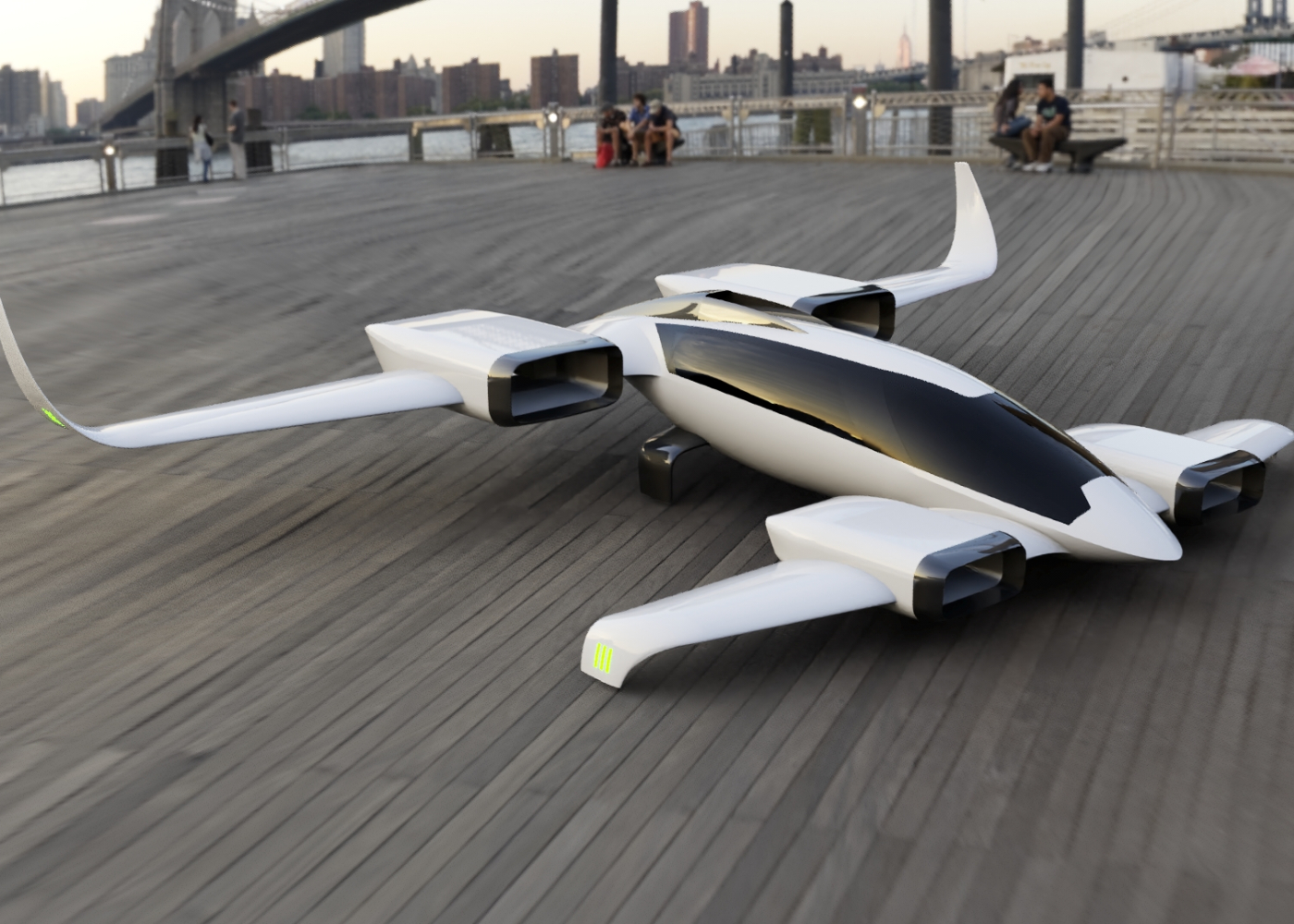
The advancement of flying cars and eVTOL aircraft is redefining urban air mobility like never before. Most eVTOL aircraft in the making are touted to run purely on batteries. In more ways than one, the development of flying cars and eVTOL could help to improve the environment with regards to emissions.
Founded in 2020, JETX- an Orlando-based startup has been working on designing a modular propulsion system with vector thrust mechanisms, apparently touted to reduce noise and which allows for "a clean design."
New Atlas
According to the company, the propulsion system can be configured in multiple ways for eVTOL and eSTOL aircraft. JetX further claims that its vector thrust device can work with electric and non-electric power sources, and features the capability of embedding it in the airframe to create a hidden propulsion system.
Reportedly, the new propulsion system will allow an eVTOL aircraft to remain level while flying vertically and horizontally by using ventral flaps that redirect the thrust from the fans.
How did the idea come about?
Bryan Welcel, one of the founders of JetX, had an idea to create a propulsion system that would vector without rotating in flight. The team started off with EDFs [electric ducted fans] and applied non-rotating vectoring for vertical flight to fluidic thrusters. This culminated in a new airflow propulsion system with an onboard computer that would direct the airflow from a power source, such as a compressor, to thrusters with fluidic nozzles. The computer would direct the airflow to fluidic nozzles for vertical or forward flight, depending on various stages of the flight.
https://www.youtube.com/watch?v=eTkqgnvSTBo
The power sources do not rotate for vertical flight. This option allows us to embed the propulsion inside a fuselage or vehicle body, which makes it a much better option- not only for aircraft design but also for the fuselage or vehicle body to work as an enclosure to reduce noise.JetX co-founder Bryan Welcel said in an interview with eVTOL.com
According to Bryan, the propulsion system is unique in that the wings do not tilt. It is very much similar to the technology on a F35 or Harrier where the propulsion doesn't rotate, and the thrust vectors.
https://www.youtube.com/watch?v=iRgcC9eqEJg
F-35 Thrust Vectoring Nozzle | Representative
Reportedly, JetX doesn't seem to have fixated on a particular method for vectoring the thrust as it is collaborating with other aircraft designers ad hence keeping all options open. From what is known, they are designing and testing systems using ventral flaps, external flaps, "rotating" thrust vectoring, cascade vanes and buckets. Notably, JetX's ventral flap design is patent-pending.
Currently, the company is focussing on prototyping and testing the vectoring systems and it will be a long way down the road before they actually get to prototyping their own aircraft to prove the system.
eVTOL
Although being very much in the conceptual and experimental stage, Welcel is optimistic that time is likely on their side, as there is still a long road to building the required infrastructure for eVTOL flying taxis.
Apparently, JetX’s propulsions can be fully embedded and can be also used to create eVTOL stealth aircraft for the military.
SOURCE(s)
COVER: eVTOL
Read next
Qantas "Project Sunrise" flight from Sydney to London to commence on Airbus A350 aircraft
Radhika Bansal
03 May 2022
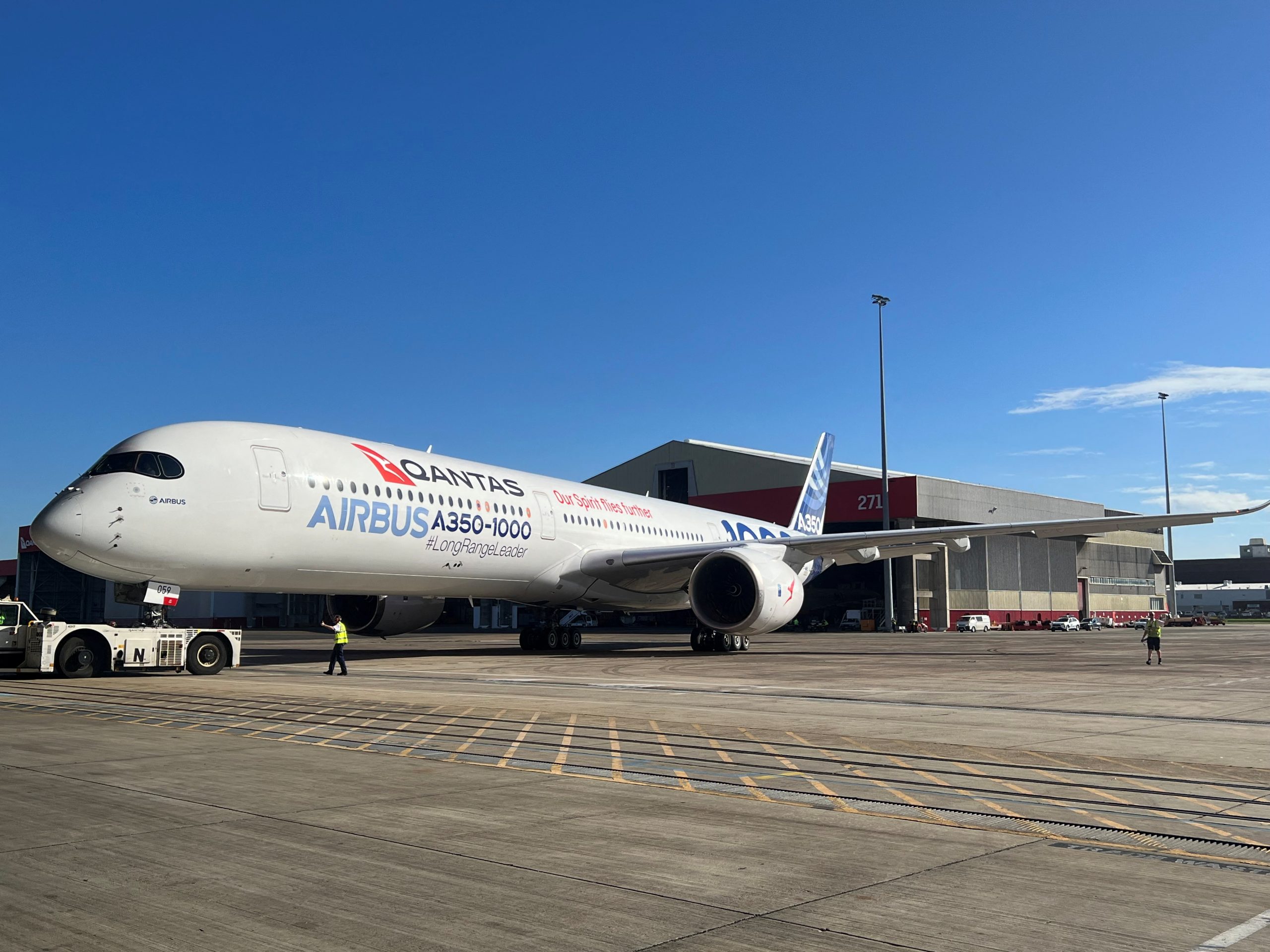
Qantas Airways Ltd had ordered 12 A350-1000 planes from Airbus SE to be used on what will be the world's longest commercial flight from Sydney to London, as well as 40 narrowbody jets to renew its domestic fleet.
The deal comes as market conditions improve and demand domestic and international travel recovers from the pandemic faster than expected, allowing the carrier to reduce debt and forecast a return to profit in the financial year starting July 1.
"The board's decision to approve what is the largest aircraft order in Australian aviation is a clear vote of confidence in the future of the Qantas Group," Chief Executive Alan Joyce said in a statement.
Qantas' "Project Sunrise" flight from Sydney to London to commence on Airbus A350 aircraft
Qantas did not disclose the value of the deal but it is likely to be in the billions of dollars based on aircraft list prices. Qantas estimated Project Sunrise would have an internal rate of return of around 15%.
Non-stop flights from Sydney to London, which will take nearly 20 hours, will begin in late 2025 following the delivery of A350-1000s, the airline said.
The A350s will carry 238 passengers across first-class, business class, premium economy and economy class, with more than 40% of the cabin dedicated to premium seating, it added. Qantas said it was also ordering 40 A321 XLR and A220 aircraft from Airbus.
Qantas has also ordered 40 A321 XLR and A220 aircraft from Airbus.
The deliveries of 20 A321XLRs will start in late 2024, while 20 smaller A220s will arrive in late 2023 - renewing the carrier's ageing domestic fleet. The order also includes options to buy another 94 aircraft that would arrive through to 2034.
"The phasing of this order means it can be funded within our debt range and through earnings, while still leaving room for shareholder returns in line with our financial framework," Joyce said.
The new domestic fleet "will reduce emissions by at least 15% if running on fossil fuels, and significantly better when run on sustainable aviation fuel," Joyce said, further asserting that its "Project Sunrise" would be carbon neutral from day one.
Qantas in December selected Airbus as the preferred supplier for a major order to renew its ageing narrowbody fleet
Airbus Chief Commercial Officer Christian Scherer said the aircraft to be used on the Sydney-London flights would offer more fuel storage than A350-1000s currently in operation with other airlines.
Qantas in December selected Airbus as the preferred supplier for a major order to renew its ageing narrowbody fleet, in a blow to incumbent supplier Boeing.
The carrier was set to announce the deal that brings it closer to launching record-breaking direct flights of nearly 20 hours on the "Kangaroo route" between Sydney and London.
Qantas operated research flights for the long-haul route in 2019, including a trial London-Sydney trek of 17,800 kilometres (11,030 miles), which took 19 hours and 19 minutes. A trial New York-Sydney flight in the same year covered 16,200 kilometres (10,200 miles) and took a little over 19 hours.
Qantas already operates a 14,498-kilometre Perth-London trip that takes 17 hours.
Singapore Airlines currently operates the world's longest non-stop commercial flight from Singapore to New York, covering 16,700 kilometres (10,400 miles) in a little under 19 hours. Qantas already operates a 14,498-kilometre Perth-London trip that takes 17 hours.
The A350-1000 planes will be powered by Rolls-Royce Trent XWB-97 turbofan engines, designed to be 25% more fuel-efficient than the previous generation of aircraft, Qantas said.
In a separate filing, Qantas said while it expects an underlying operating loss for fiscal 2022, the second half of the year would benefit from improved domestic and international demand with free cash flow seen rising further in the current quarter.
Pratt & Whitney GTF Engines to Power Qantas Airbus A220 and A320neo Family
Qantas Airways ("Qantas") has confirmed selection for Pratt & Whitney GTF engines to power 40 Airbus A220 and A320neo family aircraft, including A321XLR, which the airline will operate on domestic and short-haul international routes.
Leaders from Airbus, Qantas and Pratt & Whitney gathered in Sydney, Australia, to celebrate the milestone with A220 aircraft demonstration flights and a static display for media, stakeholders and employees.
Pratt & Whitney GTF Engines to Power Qantas Airbus A220 and A320neo Family
Pratt & Whitney will also provide Qantas with engine maintenance through a long-term EngineWise® Comprehensive service agreement. Aircraft deliveries are expected to begin in the second half of 2023.
Headquartered in Sydney, Australia, Qantas is the flag carrier of Australia. The airline's history with Pratt & Whitney goes back more than 70 years to Wasp-powered Douglas DC-3 and DC-4 aircraft, followed by JT3D-powered Boeing 707 aircraft when the airline entered the jet age.
Qantas Group currently operates several aircraft types with Pratt & Whitney engines, including more than 100 Airbus A320ceo family aircraft with V2500 engines at Jetstar, De Havilland Canada Dash 8 aircraft with PW100 and PW150 engines at QantasLink, and the world's first Airbus A321P2F at Qantas Freight, a passenger-to-freighter conversion powered by V2500 engines.
Read next
75% of work on the international greenfield airport at Mopa has now been completed
Radhika Bansal
03 May 2022
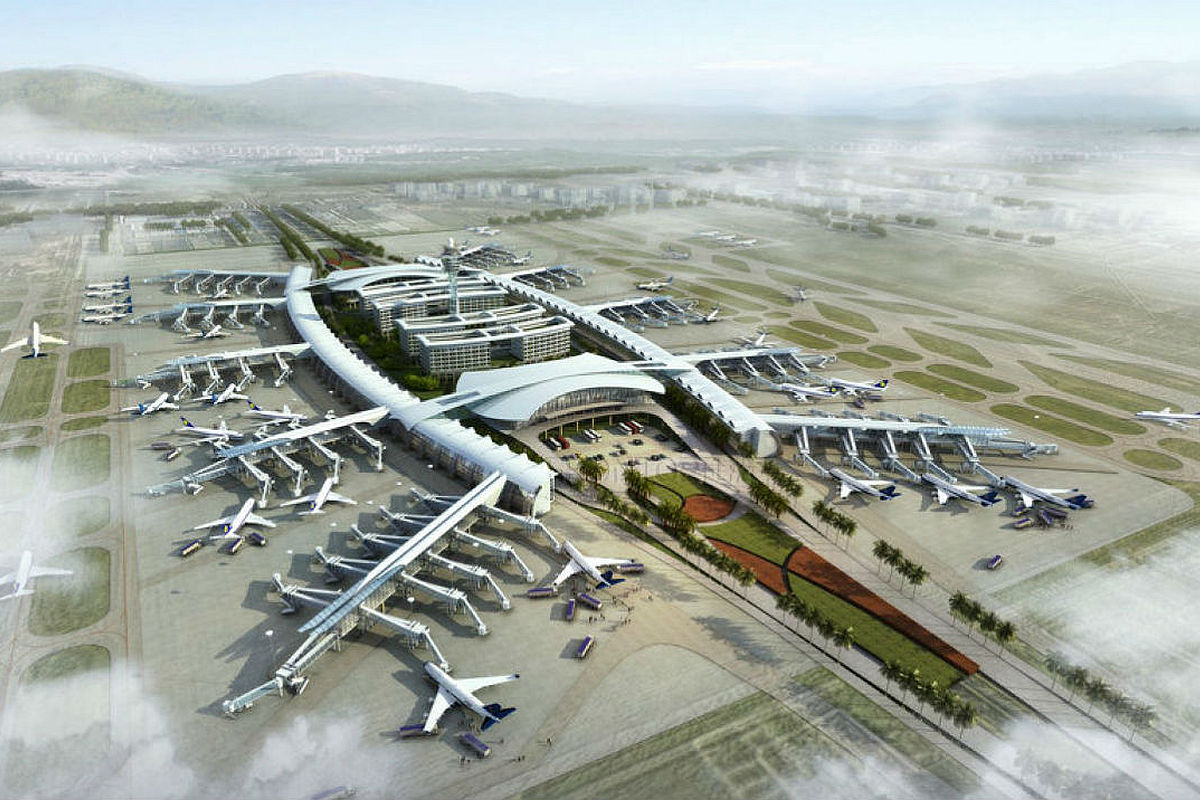
Over 75% of the work on the international greenfield airport at Mopa has now been completed, state director of civil aviation Sunil Shanbhogue said on Sunday, May 1, adding that the runways have been completed.
“Work on connectivity from the runway to the passenger terminal is underway,” Shanbhogue said. He said that the technical building has already been handed over to the Airports Authority of India (AAI), and the air traffic control (ATC) building will be handed over next week.
Shanbhogue said that AAI would start the installation of equipment at the technical building. GMR Airports Ltd, through its subsidiary Goa International Airport Ltd (GGIAL), has already sent staff who were recruited for airport rescues, firefighting and baggage screening to Uttar Pradesh and Hyderabad for training.
75% of work on the international greenfield airport at Mopa has now been completed
The state government has set August 15 as the target to inaugurate the airport at the hands of Prime Minister Narendra Modi. The total cost of the project has gone up to INR 2,615 crore because of delays due to judicial proceedings and the Covid-19 pandemic.
As per the concession agreement, GGIAL will have the right to operate the business for 40 years, extendable by another 20 years. The airport project will be completed in four phases. Construction of the second phase will commence only after 80% of the passenger traffic is handled.
In 2018, the Centre had given in-principle approval for the construction of an 8km-long highway from Dhargalim to Varconda. The project’s pace was stalled by court proceedings, including judicial stay orders due to environmental issues.
MOPA airport will not only tackle these challenges but also ensure more flights to and from Goa.
On January 16, 2020, the Supreme Court upheld the project’s environmental clearance (EC) and allowed construction to resume. An official said that even after the infrastructure is ready, it takes around six months to secure all the necessary permissions and clearances from authorities to start operations.
At present, the national and international flights for Goa are handled out of the Dabolim Airport. There are a few restrictions in place since Dabolim airport is also a naval base. MOPA airport will not only tackle these challenges but also ensure more flights to and from Goa.
Prime Minister Narendra Modi laid the foundation stone of the project on 13 November 2016. In January 2017, the Goa Government declared an area within a 5 km2 radius of the airport as the 'Mopa International Airport planning area' to regulate growth near the project area.
Read next
"Vikrant"- India's indigenous aircraft carrier to be commissioned on the country's independence day - Here's what we know
Prashant-prabhakar
03 May 2022
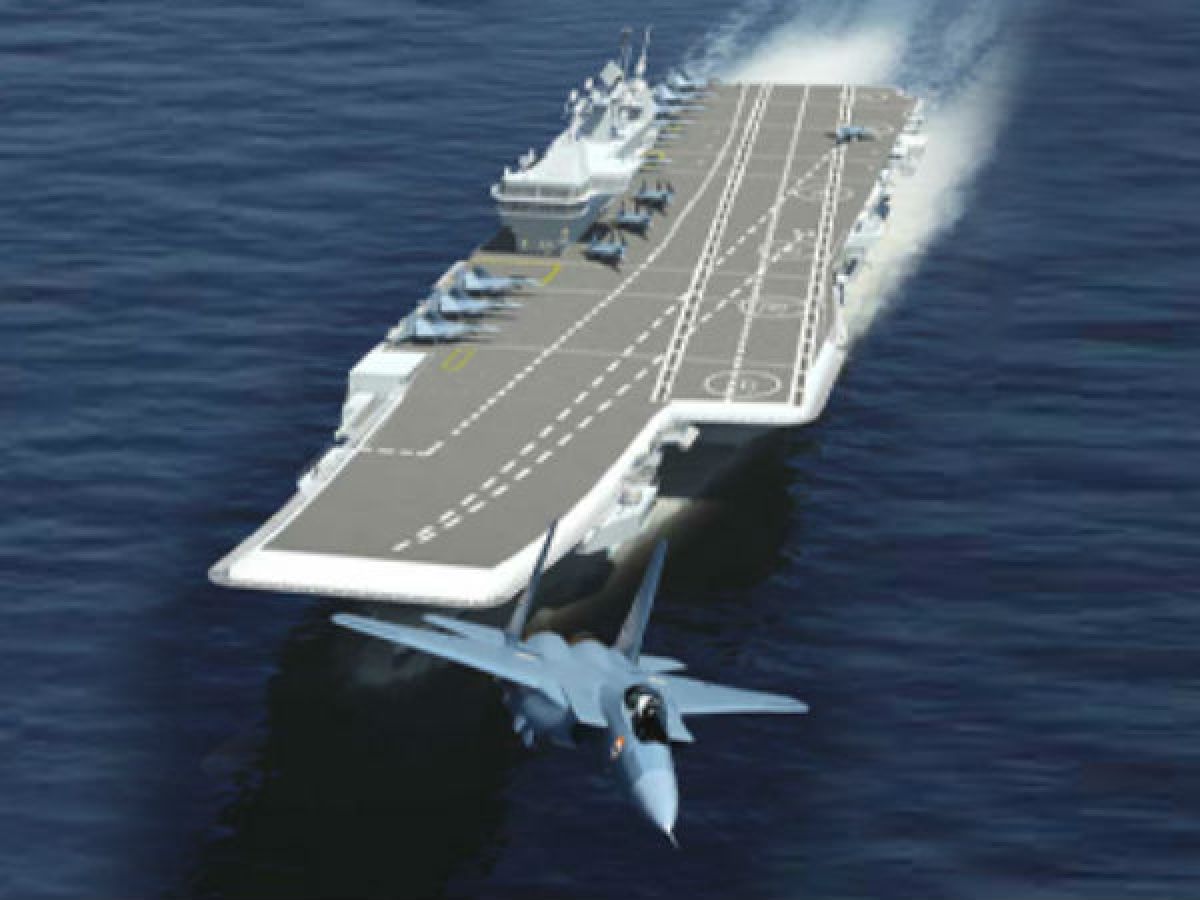
Titled 'Vikrant' as a tribute to India's first aircraft carrier, Vikrant (R11) INS Vikrant, also known as Indigenous Aircraft Carrier 1 (IAC-1), is the first aircraft carrier to be built in India.
Rediff
Vikrant, meaning "courageous", is constructed by the Cochin Shipyard Limited (CSL) for the Indian Navy. Billed at approximately ?23,000 crores (US$3.0 billion) at the time of its first sea trials, its construction has catapulted India into an elite group of countries with the capabilities to build state-of-the-art aircraft carriers.
That the ship has been able to carry out basic flying operations from its very first sortie itself is a landmark in Indian warship construction historyCommander Madhwal said
Apparently, the carrier had successfully completed a series of 10-day sea trials in October, in addition to its 5-day maiden sea voyage in August last year.
After a long-standing wait that lasted 23 long years, after the approval of the construction of an indigenous aircraft carrier under the Project 71 Air Defence Ship (ADS) (under the then Atal Bihari government in 1999), this is a great leap forward for India in the direction of indigenous defence technology.
Design, specs and capabilities of INS Vikrant
INS Vikrant is 262 metres (860 ft) long and 62 metres (203 ft) wide, and displaces about 45,000 metric tons.
Powered by four General Electric LM2500+ gas turbines on two shafts, generating over 110,000 hp of power, it features a STOBAR configuration with a ski jump.
STOBAR configuration with a ski jump | Representative | The Aviation Geek Club
While the aircraft carrier is expected to have a top speed of 30 knots, it is touted to have an endurance of 7500 nautical miles at a speed of 18 knots.
The deck is designed to facilitate operations of MiG-29K, the indigenously manufactured Advanced Light Helicopters (ALH) and the soon-to-be-inducted MH-60R multirole helicopters manufactured by Lockheed Martin, besides carrying 10 Kamov Ka-31 or Westland Sea king helicopters. The Ka-31 apparently will fulfil the Airborne Early Warning (AEW) system while the Westland choppers will provide Anti-Submarine Warfare (ASW) capability.
Mig-29 | Representative | Forbes
On 6 January 2022, The Indian Navy started testing the Rafale-M for operations from INS Vikrant at the shore-based test facility at INS Hansa in Goa. Some reports also indicated the possibility of the Boeing F/A-18E/F Super Hornet being tested at the same location.
Rafale-M taking off from a ski jump | Representative | The Aviation Geek Club
The Defence Research and Development Organization introduced the HAL Twin Engine Deck Based Fighter (TEDBF) program for the Indian Navy after the HAL Tejas and the Tejas Mk2 were considered overweight for carrier operations. The HAL TEDBF is expected to make its first flight in 2026 with induction into the forces by 2032.
HAL TEDBF | Wikipedia
Furthermore, the aircraft carrier is also expected to be equipped with shipborne weapons like Barak LR SAM & AK-630.
Barak-8 Missile | Representative | IndiaTV News
AK-630 | Source
We will hand over the IAC to the Indian Navy next month after which the ship will take the name of INS Vikrant. India’s first aircraft carrier will be commissioned on Independence Day in August this yearBejoy Bhasker-director (technical) of Cochin Shipyard Limited (CSL) announced on the 50th anniversary of Cochin Shipyard Limited (CSL)
Deccan Herald
Flight trials of its aircraft complement are expected to be completed by mid-2023, after which the ship will be fully operational.
Currently, India has only one aircraft carrier- the Russian-origin "INS Vikramaditya" which entered service in 2013.
INS Vikramaditya | Brifly News
SOURCE(s)
COVER: OneIndia

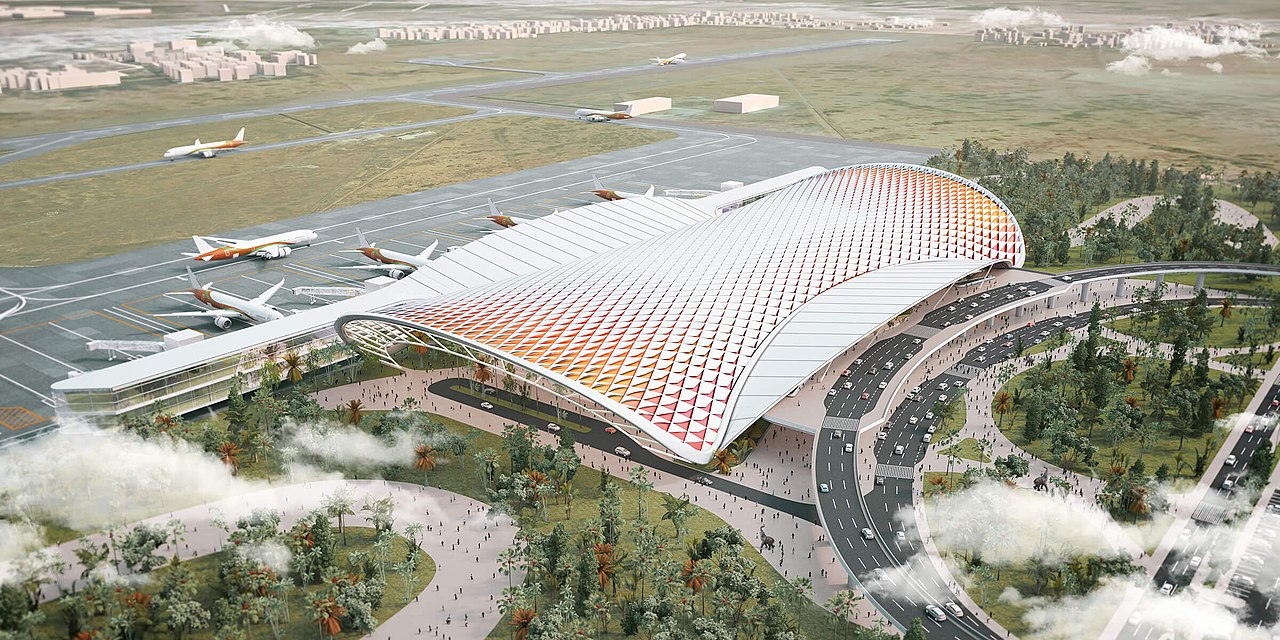

Comment